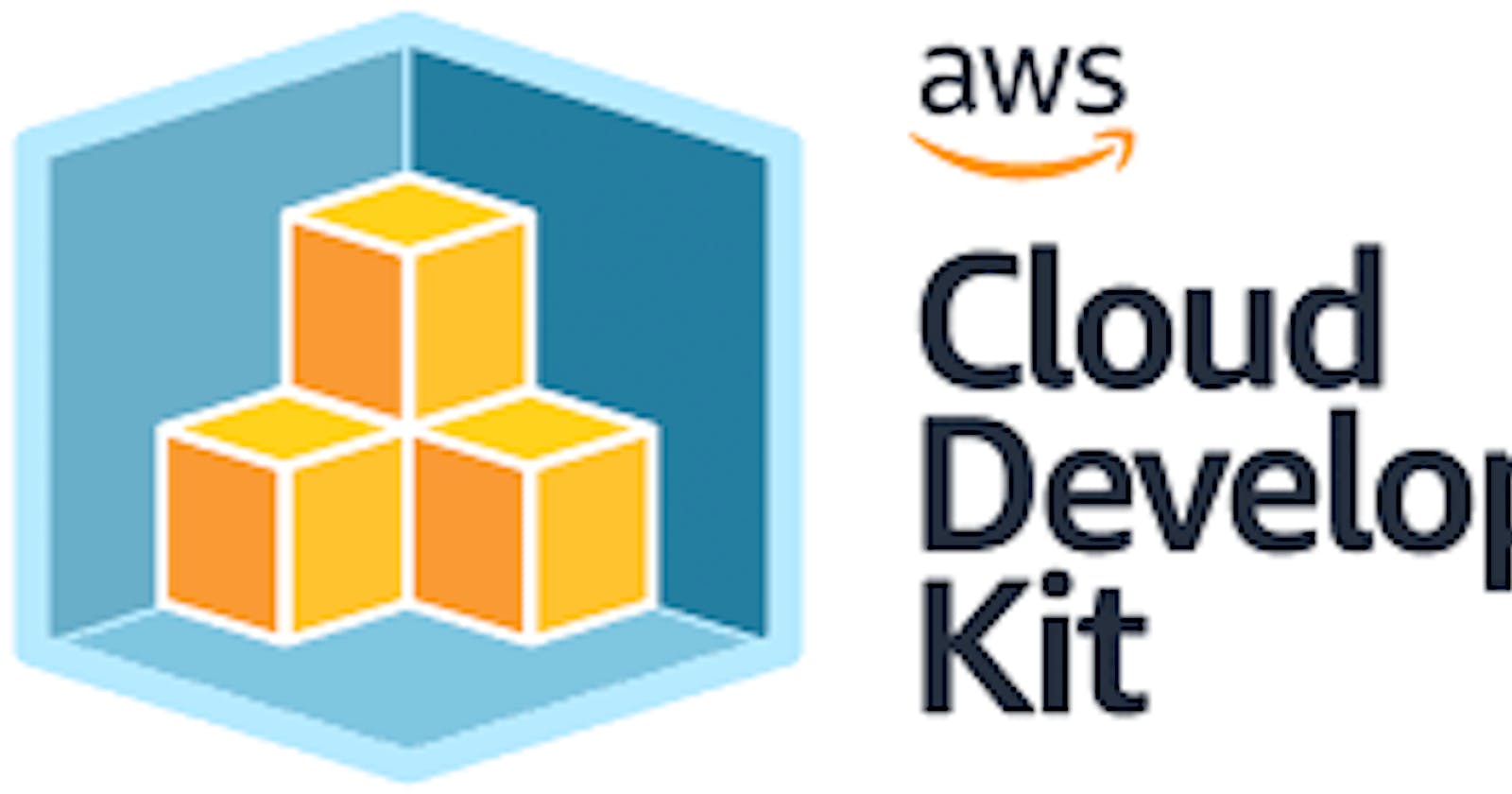Introduction
- In this article, we explore the AWS Cloud Development Kit (CDK), an open-source software development framework that lets you model and provision AWS cloud resources using the programming language of your choice.
Overview of IaC
Infrastructure as Code (IaC) is the managing and provisioning of infrastructure through code instead of through manual processes.
Automating infrastructure provisioning with IaC means that developers don’t need to manually provision and manage servers, operating systems, storage, and other infrastructure components each time they develop or deploy an application.
This leads to:
Improved efficiency and consistency: By automating the provisioning and configuration of infrastructure resources, you can reduce the time and effort required to set up and maintain your infrastructure. This also ensures consistency across environments, reducing the likelihood of configuration errors or discrepancies.
Increased agility: With IaC, you can quickly and easily create and modify infrastructure resources to support changing requirements, such as scaling up or down in response to changes in traffic.
Improved collaboration: By defining infrastructure resources as code, you can store them in version control systems and collaborate with other developers, sharing code and making changes to the same codebase.
Understanding IaC with a focus on AWS
When it comes to IaC on AWS, there are several tools and services available, such as AWS CloudFormation, AWS CDK, Terraform, and more. These tools allow you to define your infrastructure resources as code, including virtual servers, storage, databases, network configurations, security rules, and more.
On AWS, there are several tools available to help you implement IaC, including AWS CloudFormation and AWS CDK.
AWS CloudFormation is the native IaC tool offered by AWS. It allows you to define your infrastructure in YAML or JSON files and manages the provisioning and updates of your resources in a predictable, repeatable manner.
AWS CDK, on the other hand, is a newer tool that allows you to define your infrastructure using familiar programming languages such as TypeScript, Python, .NET, GO, and Java. With CDK, you can use high-level constructs to define your infrastructure, which is then translated into CloudFormation templates for deployment.
AWS CDK
What is AWS CDK?
AWS CDK stands for AWS Cloud Development Kit, and it is a software development framework that enables developers to define cloud infrastructure as code (IaC) using familiar programming languages like TypeScript, Python, Go, .Net, and Java.
With AWS CDK, you can define your infrastructure as a collection of objects in code, which can be version-controlled, tested, and reused.
Why use AWS CDK?
AWS CDK simplifies the process of defining and deploying cloud infrastructure by allowing developers to use familiar programming languages and tools.
AWS CDK provides a higher level of abstraction than traditional IaC tools like CloudFormation, which can reduce the amount of code you need to write and make it easier to reason about your infrastructure.
AWS CDK also provides a library of pre-built constructs for common AWS resources, which can save you time and reduce the risk of errors.
How does AWS CDK work?
AWS CDK uses a declarative programming model, where you define your infrastructure in terms of higher-level constructs like stacks, resources, and properties.
When you run the AWS CDK command-line interface (CLI), it compiles your code into an AWS CloudFormation template that can be used to create or update your infrastructure.
AWS CDK also provides a set of command-line tools for managing your infrastructure, including deploying and testing your code.
Key Features of AWS CDK
Higher-level abstraction for defining infrastructure
Uses familiar programming languages like TypeScript, Python, .NET, and Java
Pre-built constructs for common AWS resources
Declarative programming model Automatic CloudFormation template generation
Command-line tools for managing infrastructure.
Ability to test infrastructure code
Examples of AWS CDK usages:
Defining an AWS Lambda function with an API Gateway trigger in a supported language.
Creating an Amazon S3 bucket with versioning and encryption in a supported language.
Deploying a serverless application with AWS Fargate and Amazon RDS in a supported language.
AWS CDK Best Practices
Start simple and add complexity only when you need it.
Align with the AWS Well-Architected Framework.
Have metrics for everything.

